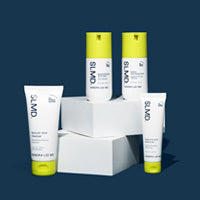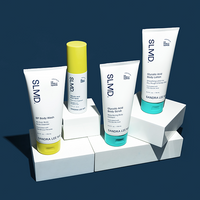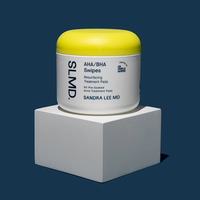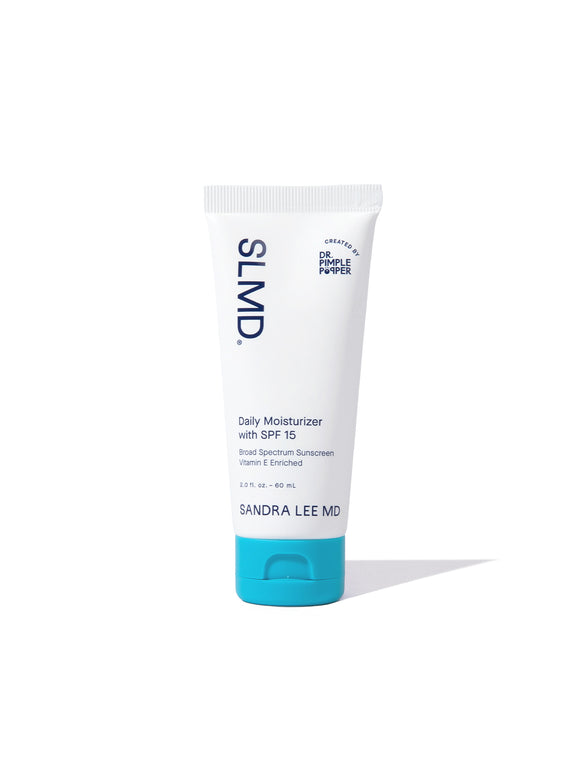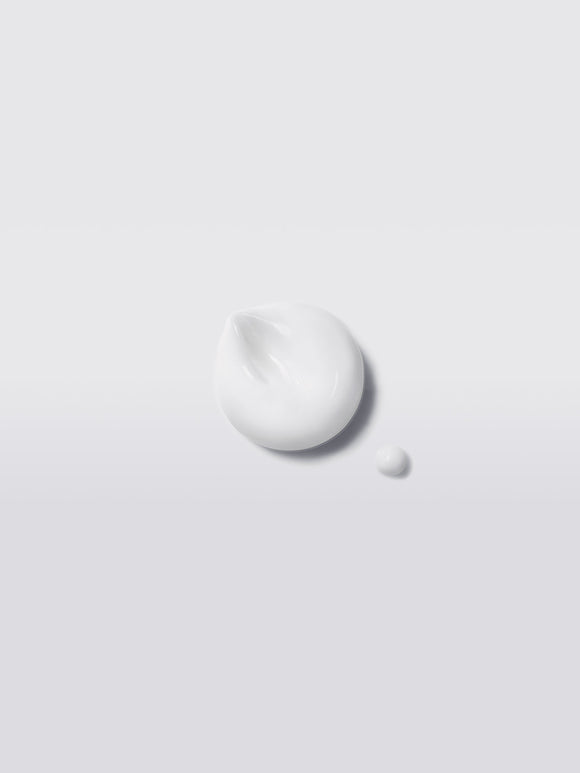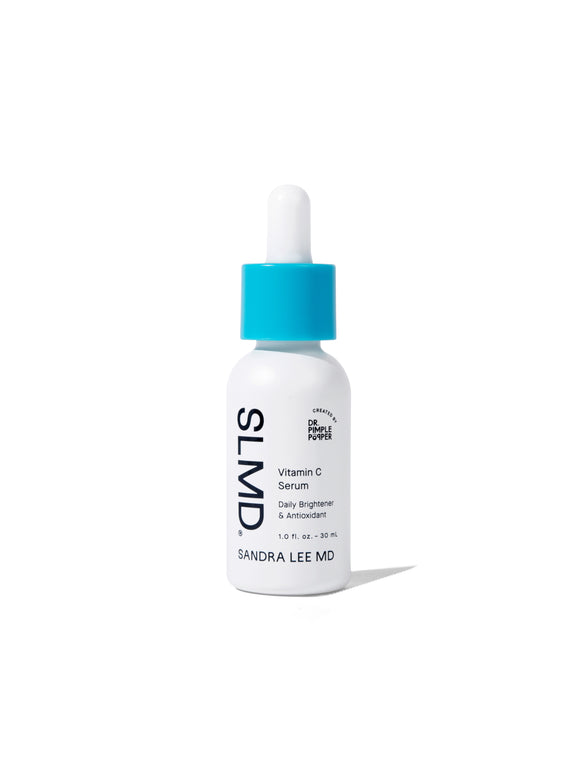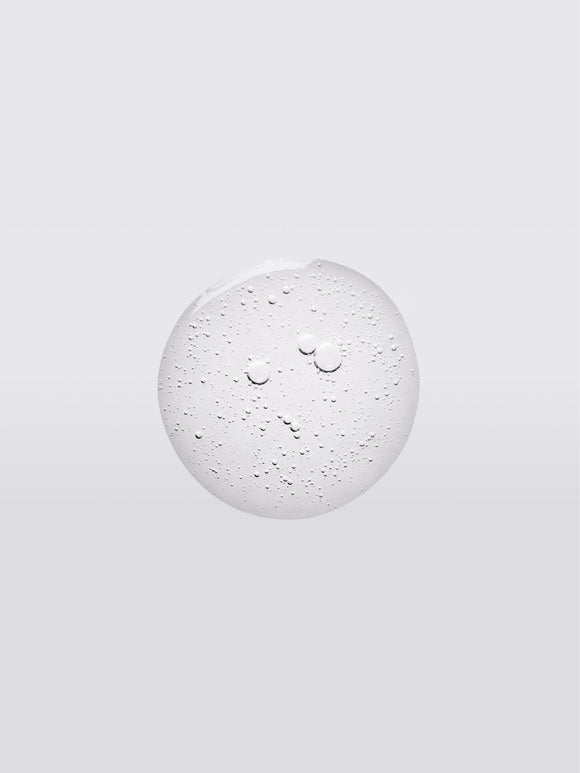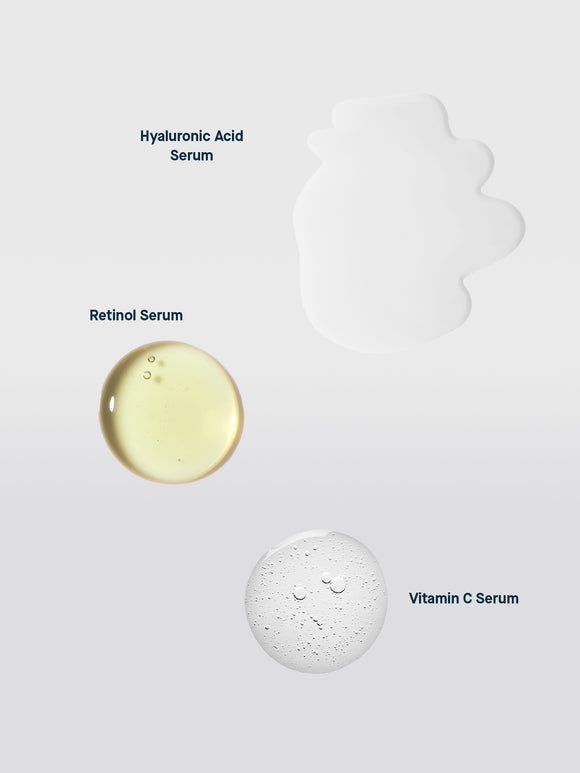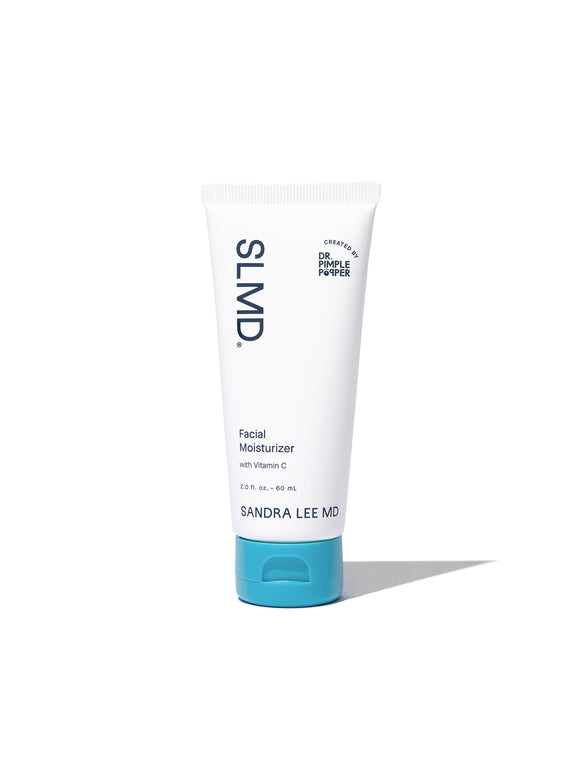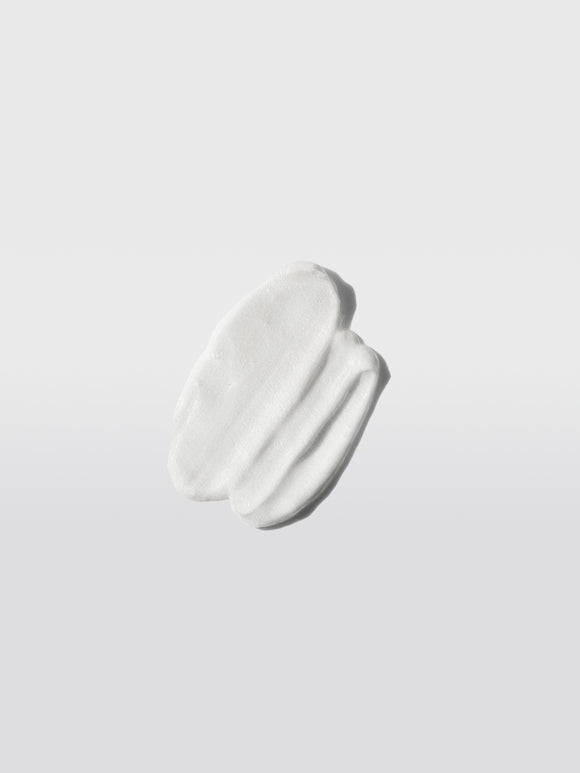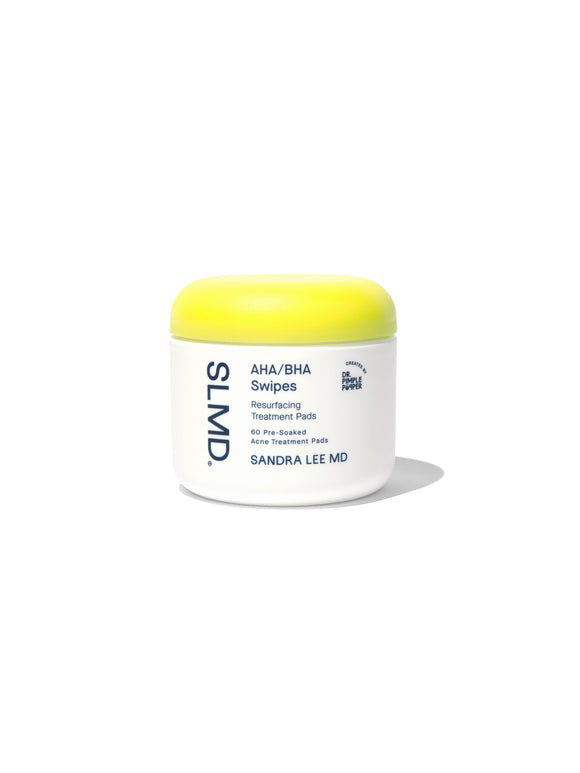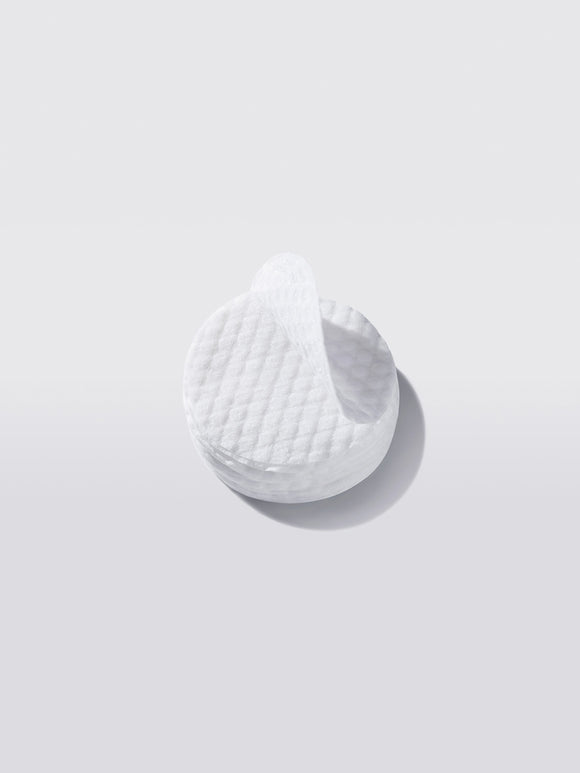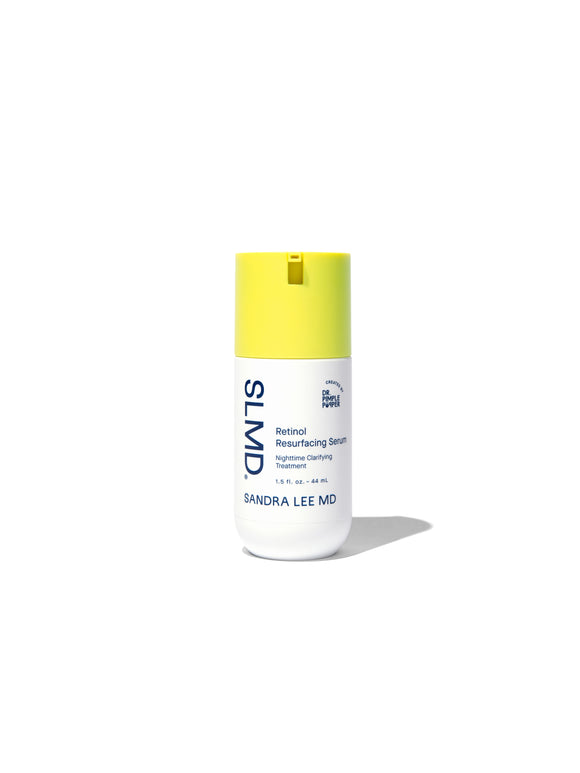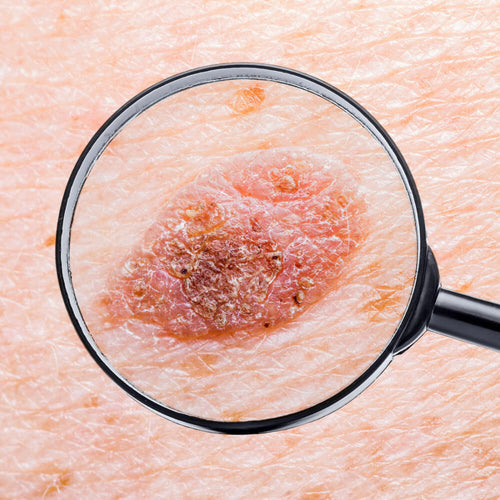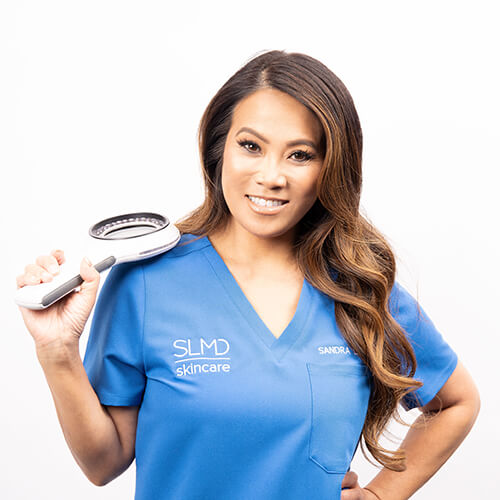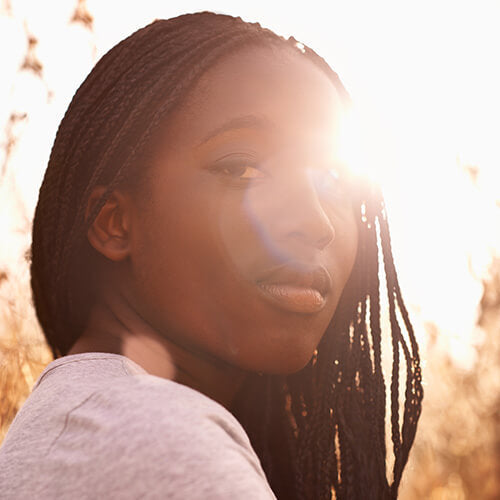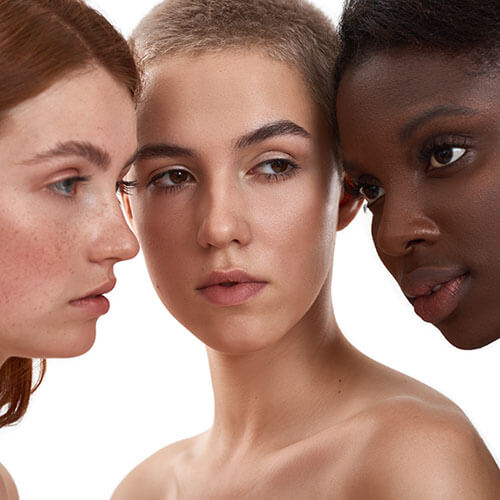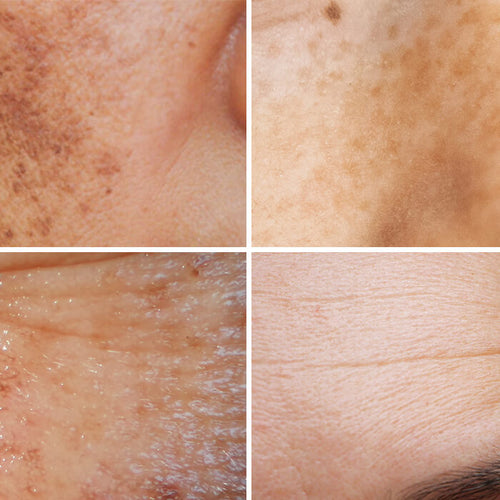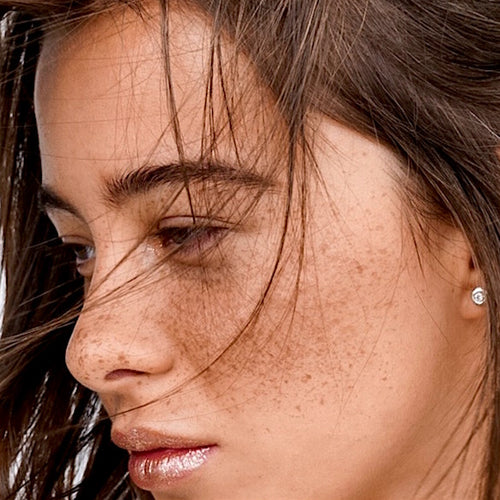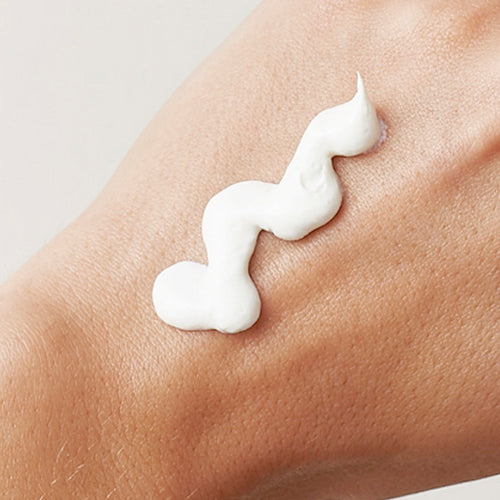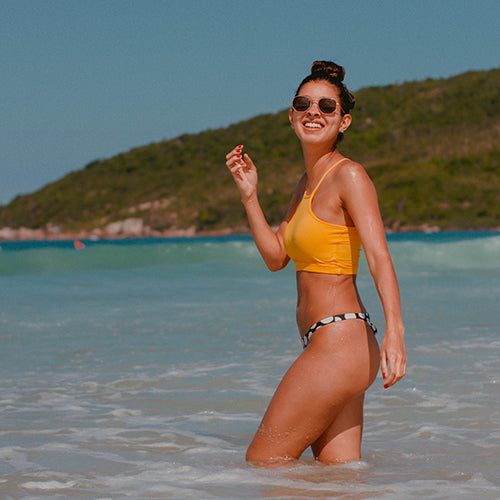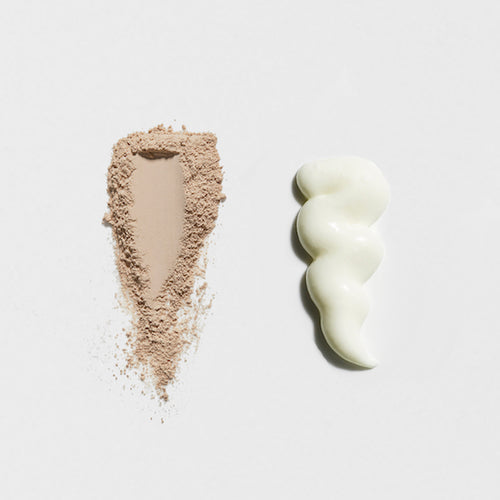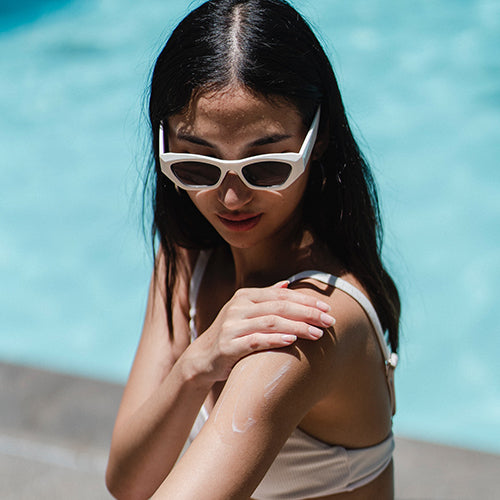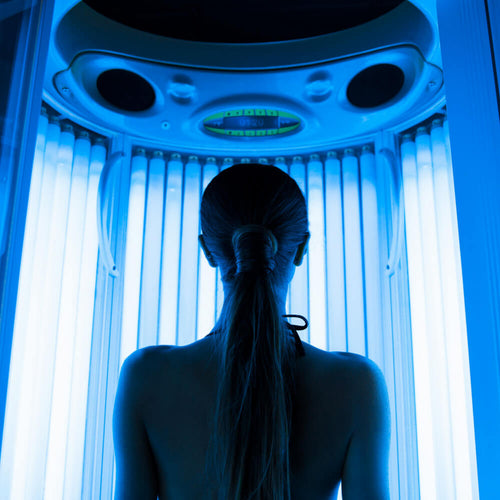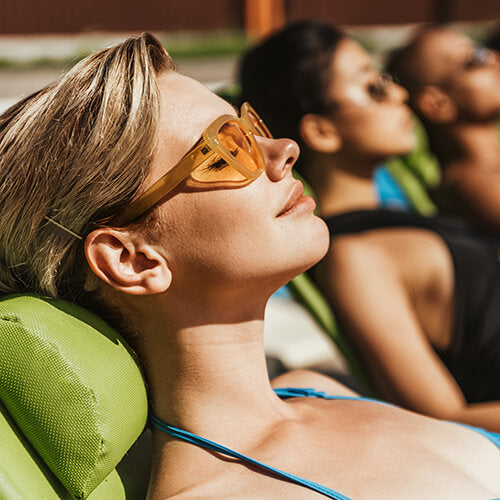
How UV Rays Really Damage Your Skin
Dr. Pimple Popper explains the science behind UVA, UVB, and how they impact your skin over time.
Published:
4 minute read
We all know that UV rays cause sunburn — but that’s just the surface of what they’re doing to your skin. From DNA damage to premature aging and skin cancer, ultraviolet radiation has both immediate and long-term effects you can’t always see. In this guide, we’re breaking down exactly how UVA and UVB rays affect your skin — and how to protect it, every day of the year.
Article Quick Links
What is UV radiation?
Time for a science class flashback: remember the electromagnetic spectrum? It’s the range of energy waves that includes everything from radio waves to X-rays — and somewhere in the middle lies ultraviolet (UV) radiation. UV waves are invisible to the eye, but they’re powerful enough to affect living tissue.
UV radiation sits between visible light and X-rays on the spectrum. The shorter the wavelength, the higher the energy:
- Radio waves (longest wavelength/lowest energy)
- Microwaves
- Infrared
- Visible light
- Ultraviolet (UV)
- X-rays
- Gamma rays (shortest wavelength/highest energy)
First observed in 1801, UV radiation has been both studied and debated ever since — recognized for its ability to disinfect, but also for its potential to damage DNA.
Types of UV radiation
Rays from the sun produce three types of ultraviolet radiation:
- UVC: shortest wavelength and highest energy — completely absorbed by the ozone layer and atmosphere
- UVB: medium wavelength — partially absorbed by the ozone layer
- UVA: longest wavelength — reaches Earth’s surface with the least interference
Only UVA and UVB rays actually reach your skin, and they do so in very different ways.

How UV rays affect your skin
UV radiation triggers both immediate and long-term effects on the skin. Some are visible (like sunburn), while others are invisible but cumulative — like photoaging and DNA damage.
Short-term effects:
- Redness and inflammation (sunburn)
- Immune suppression
- Tanning
- Vitamin D synthesis
Long-term effects:
- DNA mutation
- Skin aging (wrinkles, sagging, discoloration)
- Skin cancer
Dr. Pimple Popper tip: "Think of it this way: UVB = burning, UVA = aging. Both cause skin damage — just in different ways."
UVB damage
UVB rays were the first to be connected to sunburn and skin cancer. But even exposure that doesn’t cause visible redness can result in long-term harm.
UVB characteristics:
- 280–320 nm wavelength
- Higher energy, shorter waves
- Mostly absorbed by the ozone layer
- Blocked by window glass
- Makes up about 5% of UV radiation that reaches skin
What UVB rays do:
- Penetrate the epidermis (outer skin layer)
- Damage DNA directly
- Trigger sunburn
- Suppress the immune response
- Contribute to skin cancer
- Help synthesize vitamin D
Though UVB helps produce vitamin D, research suggests even sub-sunburn levels can alter DNA. And because UVB reduces immune function in the skin, it can allow cancerous cells to go unchecked. Some experts believe this immune suppression may be an evolutionary trade-off — but one that leaves your skin vulnerable.
Dr. Pimple Popper's Photoaging Defense Picks
UVA damage
UVA rays make up the majority of UV radiation reaching the Earth — and they penetrate deeper into the skin than UVB.
UVA characteristics:
- 315–400 nm wavelength
- Lower energy, longer waves
- Not absorbed by ozone
- Pass through glass
- Make up about 95% of UV exposure
What UVA rays do:
- Reach the dermis (deeper skin layer)
- Generate reactive oxygen species (ROS)
- Cause single-strand DNA breaks and protein crosslinks
- Suppress skin immunity
- Trigger tanning by stimulating melanin production)
- Lead to visible signs of aging
UVA damage is primarily caused by oxidative stress. These unstable molecules (ROS) interfere with skin cell functions, damage DNA, and break down collagen and elastin — accelerating aging and increasing cancer risk. Your skin can naturally repair some of this damage, but modern life (stress, poor sleep, pollution) often overwhelms these defenses.
How to prevent UV damage
According to Dr. Lee, protecting your skin requires a multi-pronged approach:
- Wear protective clothing: Look for UPF-rated fabrics and wide-brim hats.
- Incorporate antioxidants: Free radicals from sun exposure can damage collagen and DNA. Products with ingredients like vitamin C help defend your skin and promote repair. Try: SLMD Vitamin C Serum
- Seek shade: UVA exposure still occurs in indirect sunlight — even under trees or umbrellas.
- Avoid peak UV hours: Stay out of direct sun from 10 a.m. to 4 p.m.
- Use broad-spectrum sunscreen: Apply (and reapply!) a broad-spectrum SPF daily — even when it’s cloudy. Try: SLMD Daily Moisturizer with SPF 15
Dr. Pimple Popper tip: No skincare routine is complete without daily sun protection. UV damage is the #1 cause of premature aging — and it’s largely avoidable.
FAQ: UV damage & skin protection
Q: Can UV rays damage skin even when it’s cloudy or cold?
A: Yes — up to 80% of UV radiation can pass through clouds, and UVA rays penetrate year-round, regardless of temperature. Daily sun protection is essential, even on overcast or chilly days.
Q: Do I need to wear sunscreen indoors?
A: If you spend time near windows or in a car, yes — UVA rays can penetrate glass and contribute to skin aging over time.
Q: How does UV radiation cause premature aging?
A: UV exposure triggers free radical formation that damages collagen, elastin, and DNA — resulting in wrinkles, discoloration, and sagging.
Q: What is photoaging?
A: Photoaging refers to premature skin aging caused by repeated UV exposure. It’s responsible for fine lines, rough texture, and uneven pigmentation — especially on sun-exposed areas.
Q: Can antioxidants help protect against UV damage?
A: Yes — antioxidants like vitamins C and E help neutralize free radicals generated by UV exposure, supporting your skin’s natural repair processes.

Dr. Lee's Last Word
The science is clear: both UVA and UVB rays cause skin damage — from sunburn and aging to serious health risks. That’s why I always say sunscreen isn’t optional — it’s essential.
